http://www.marksdailyapple.com/
 Here we are, closing in on 20 years of indulging this “fad” called the Primal/paleo movement. And the critics said we wouldn’t last. Ha! I find it extremely gratifying that new people are jumping on board, questioning conventional wisdom, configuring their own Primal practices, and, in doing so, remaking their health. It’s a testament to the fundamental soundness of the Primal Blueprint if I do say so myself.
Here we are, closing in on 20 years of indulging this “fad” called the Primal/paleo movement. And the critics said we wouldn’t last. Ha! I find it extremely gratifying that new people are jumping on board, questioning conventional wisdom, configuring their own Primal practices, and, in doing so, remaking their health. It’s a testament to the fundamental soundness of the Primal Blueprint if I do say so myself.
Although I like to think that we are mainstream at this point, the reality is that I still get as many questions as ever highlighting the basic misunderstandings and confusion that continue to surround the Primal/paleo/ancestral health movement. That’s fine with me! I truly welcome all questions and comments. They mean that new people are finding us and are open to learning about how the Primal Blueprint might help them. Even when they challenge me—“What’s up with those weird toe shoes, Sisson?”—it’s an opportunity to plant a seed that might one day bloom into a new, healthier lifestyle.
In today’s post, I answer three common questions that refuse to die. If you’re new here, hopefully these clear up any lingering concerns you might have about diving into a Primal lifestyle. Primal vets, keep these responses in your back pocket. Whip them out next time you encounter a faux-concerned friend or family member who stubbornly insists on missing the point of what we’re all about here.
Why would I want to live like a caveman? What’s wrong with modern technology?
As much as I welcome questions, I do have to shake my head when people accuse me of trying to turn modern humans back into cavemen. Yes, that still happens, even after years and years of writing a blog on my laptop from my air-conditioned home. Clearly, I’m not trying to revert society back to Paleolithic times. I’m not advocating running through the streets in skins or hunting down dinner with spears (but more power to you if you’re sufficiently skilled).
Sure, Grok is our beloved icon here, but we all know that Grok would have loved to have had a refrigerator, comfortable bed, and Spotify subscription. My readers should know by now that the goal is to learn from Grok, gleaning clues about how to build superb lifelong health, not to emulate him completely.
As for what’s wrong with modern technology? Arguably plenty. But modern technology also allows us to live lives of unimaginable comfort compared to anything our ancestors enjoyed. Modern medicine, dentistry, transportation, communication—all of it is unquestionably a net positive for humanity despite the downsides. Grok’s life was hard stuff. It also shaped our genes into what they are today. We don’t need to make our lives artificially difficult (or more difficult than they are, anyway). We just need to respect the genetic blueprint we all inherited as humans.
Aren’t humans still evolving? Why should we even worry about what our long-gone ancestors did? Surely we’ve changed a lot since then.
The question of whether humans are still evolving is a complicated one. Even esteemed scientists disagree about it. (Maybe this shouldn’t be a surprise—scientists make their livings off disagreeing with one another.) Without getting too much in the weeds here, it’s clear that genetic selection is still taking place. Herding populations adapted to consume dairy.1 The English have become fairer in the past couple millenia, presumably to help with vitamin D production.2 The Dutch are getting taller, probably due to sexual selection pressure (female partners preferring tall men) rather than a particular survival advantage.3
You know what’s not happening? Humans aren’t getting better at living on French fries and German chocolate cake, unfortunately. We don’t flourish thanks to chronic stress or getting four hours of sleep per night. Our muscles haven’t figured out how to grow stronger from sitting on the couch. We’re surviving not thriving in our modern environment.
Long story short, our biology hasn’t changed all that much in the evolutionary blip of 10,000 years since the Agricultural Revolution. Sure, our societies have advanced, our cultures have blossomed, our technological innovation has exploded, our fashion sense has improved. But time and more recent environmental and cultural pressures haven’t revolutionized our basic biochemistry. Glucose, insulin, adrenaline, glycogen, amino acids, glutathione—all still present and accounted for.
I remain as convinced as ever that the fundamental building blocks of health are those I laid out in the 10 Primal Blueprint Laws:
- Eat lots of plants and animals.
- Don’t eat things that undermine health.
- Move your body as much as possible. Lift heavy things. Sprint sometimes.
- Get lots of sleep and plenty of sunlight.
- Play and engage your brain.
- Don’t do stupid things that are likely to kill you.
…as well as other habits of highly successful hunter-gatherers. I challenge even the most hardcore paleo skeptic to prove that we have evolved to not need these things. If anything, these edicts are even more critical in our modern world where it is all too easy to ignore them and ruin our health in the process.
Didn’t cavemen die young? That doesn’t sound very aspirational.
Grok probably didn’t even live to see his 30th birthday. That’s what you’ve heard, right? Something along those lines? Let’s set the record straight.
According to many scientific analyses, including Henry Oliver Lancaster’s seminal work Expectations of Life, we need to reexamine our modern assumptions about early humans’ supposedly brief lifespans.4 They are based on little hard evidence, relying instead on backward extrapolation from contemporary hunter-gatherer groups. These groups do not serve as accurate comparison models because population density, disease introduction, and other intrusions of modern life have significantly impacted their ways of life.
Furthermore, we have to ask how our ancestors died. Grok’s third or fourth decade didn’t constitute “old age” as we understand it today—a drawn-out period of physical and cognitive decline. He wasn’t dying at 30 because he succumbed to diabetes-related complications or heart disease. Although the average life expectancy of early humans was probably about 33 years, much of that was driven by high infant mortality rates. If they survived infancy, early humans generally died as a result of trauma (accident or warfare), predator attacks, natural disasters, starvation, or exposure to the elements, not because their inferior genes meant their bodies gave out.
We aren’t living longer because we are inherently healthier or “more evolved” than our ancestors. We live longer because modern advances protect us from the things that used to take people out in their prime. Given modern medical care, relative food security, and better protection from the elements, the average early human could have survived to a ripe old age, even by modern standards. In fact, despite the harshness of life back then, many did. Those who made it past childhood probably had a decent chance of thriving well into their 60s or 70s.5 6 And since we know that, logistically, sick or debilitated folks probably wouldn’t have lasted long, we can surmise that Grok and kin were largely healthy right up until the end. That sounds pretty aspirational to me.
Bottom line: The Primal Blueprint is a framework for health in the modern world
Here’s the take-home message. The Primal Blueprint is ultimately about reconciling our primeval genes with modern circumstances. You can optimize health by choosing biologically appropriate food and activities within a 21st-century context. By all means, avail yourself of the many, many ways modern life is vastly superior to Grok’s existence. But also, respect the wisdom of our ancestors. Avoid the temptation to eschew modern medicine and other advances on principle (avoid the naturalistic fallacy). On the other hand, don’t glorify technology and assume that newer is always better.
By the way, I occasionally hear from readers who feel overwhelmed by how very different the modern world is from what our genes are accustomed to. They wonder how they can ever be “Primal enough” to make a difference. Every step you take matters, be it dropping your chronic cardio workouts, trying to buy better quality food a few nights per week, or turning off electronic devices a half-hour earlier each night. Rather than judging yourself against Grok, look to Grok for inspiration. And then be thankful for indoor plumbing!
Still have questions? Heard other misconceptions about the Primal approach? Send ‘em on, and share your thoughts.
References
The post Common Misconceptions about the Primal Blueprint appeared first on Mark’s Daily Apple.


 The rich flavors of salty bacon and earthy mushrooms dominate this low-carb risotto dish, turning riced cauliflower into a super-flavorful side. Cauliflower risotto is fantastic served with a main course of roasted chicken, salmon, or thick, juicy pork chops.
The rich flavors of salty bacon and earthy mushrooms dominate this low-carb risotto dish, turning riced cauliflower into a super-flavorful side. Cauliflower risotto is fantastic served with a main course of roasted chicken, salmon, or thick, juicy pork chops.








 Research of the Week
Research of the Week
 My mission has always been to help people take control of their health through education and coaching. You see it in the articles I publish here on Mark’s Daily Apple every week and in my books. And it’s what drives my work at
My mission has always been to help people take control of their health through education and coaching. You see it in the articles I publish here on Mark’s Daily Apple every week and in my books. And it’s what drives my work at 
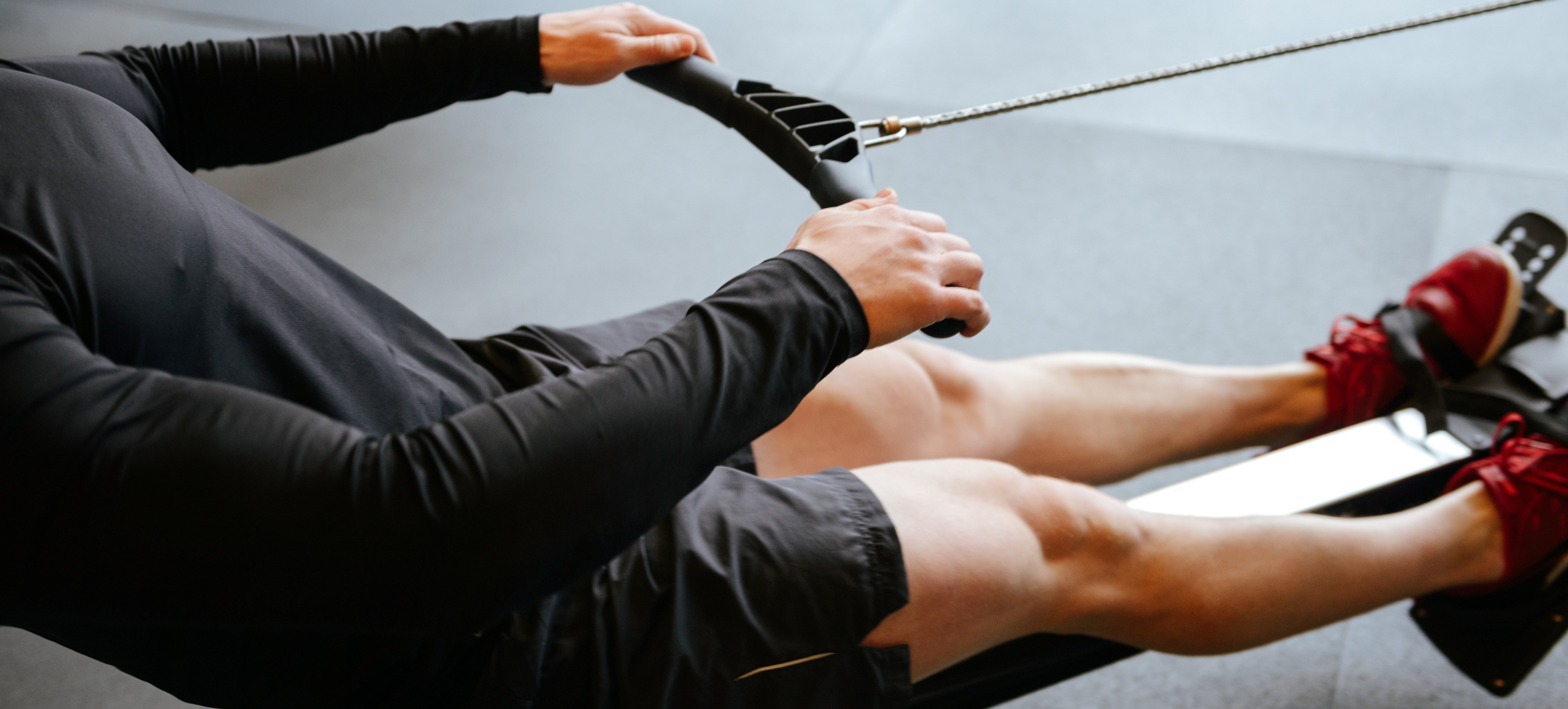
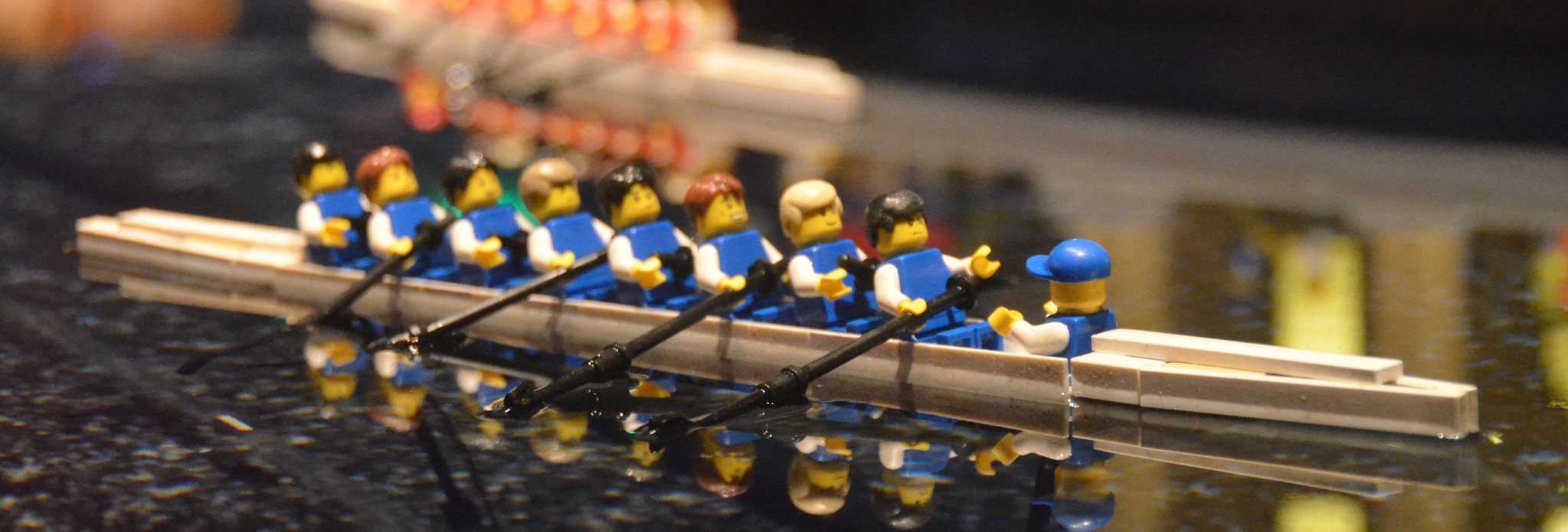

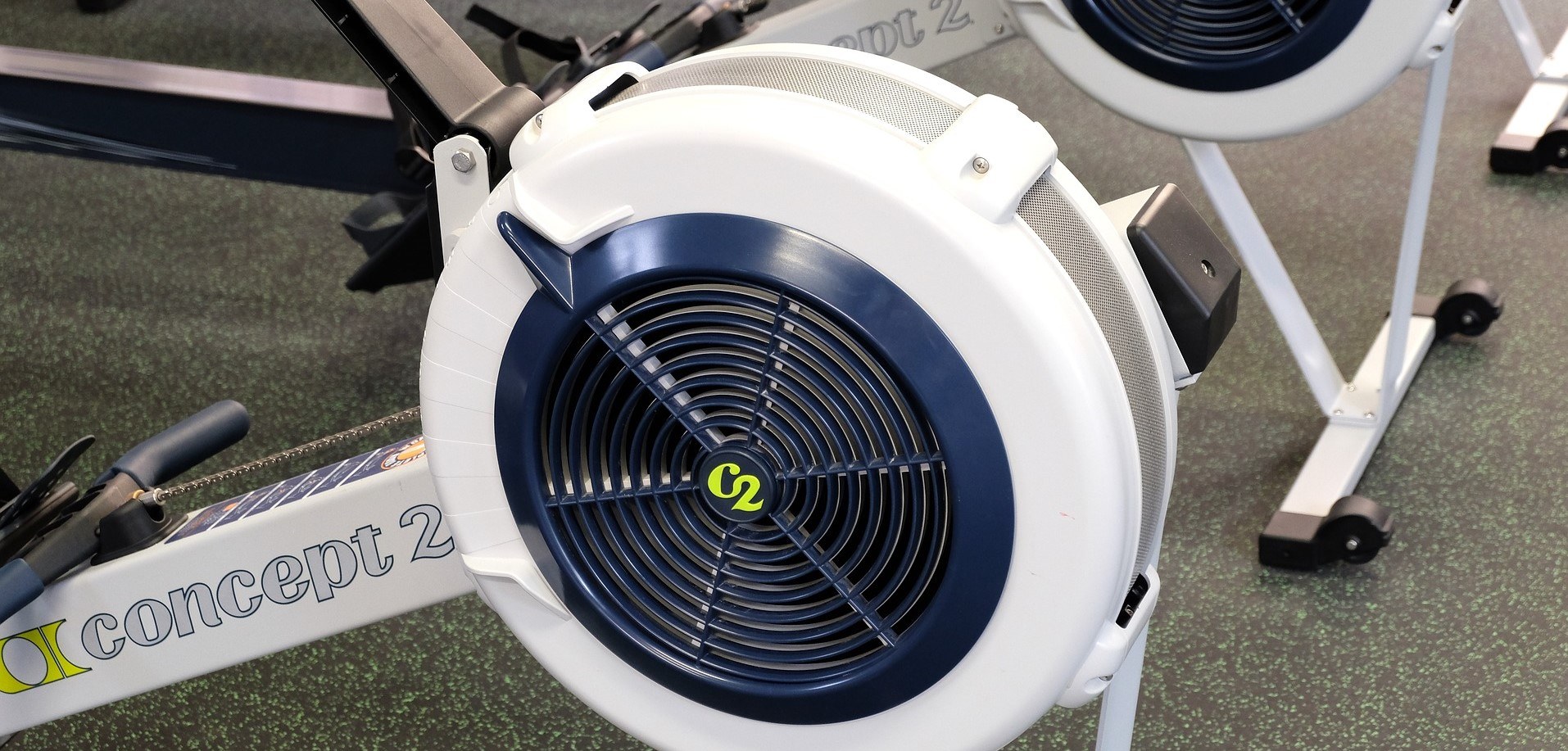
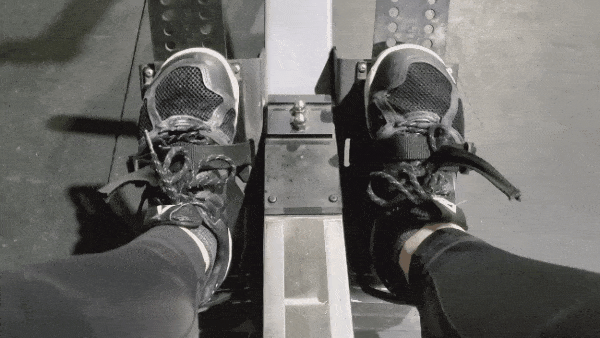

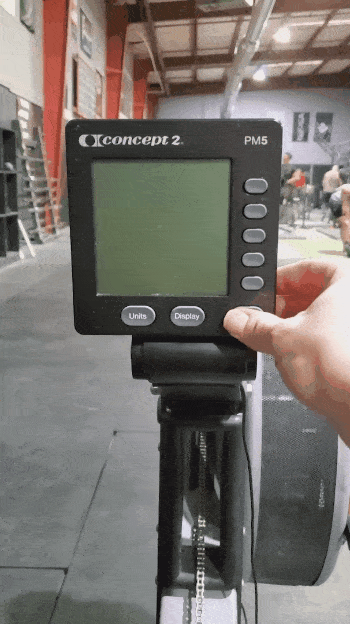
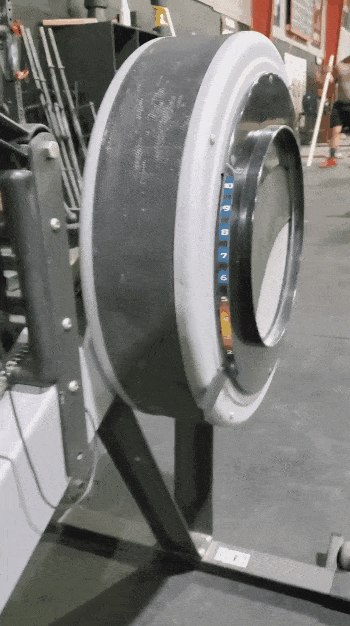

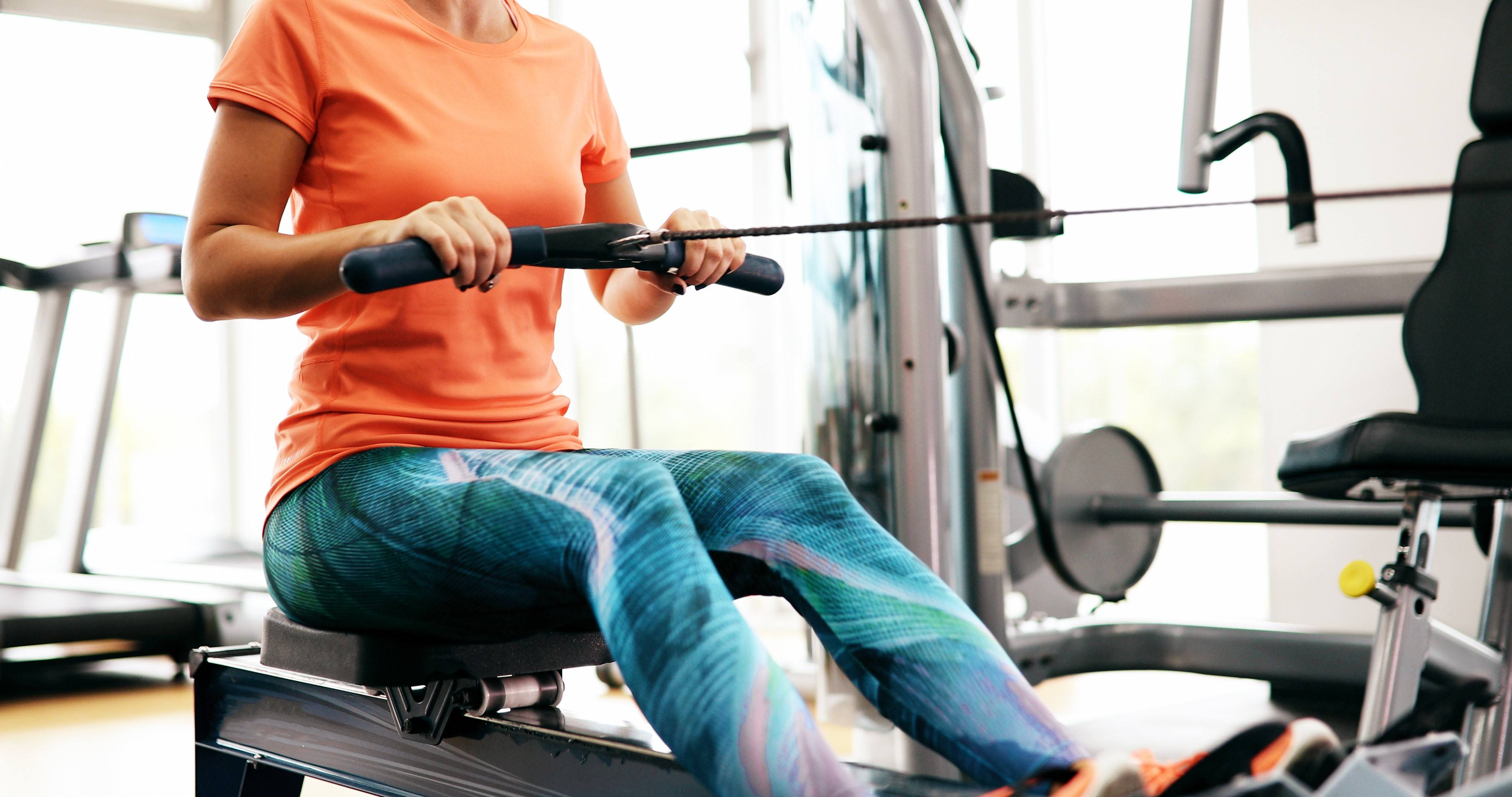
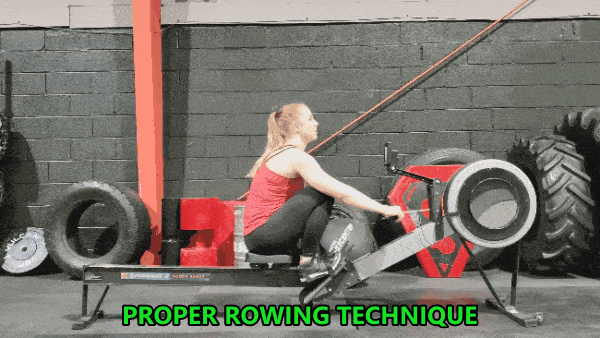
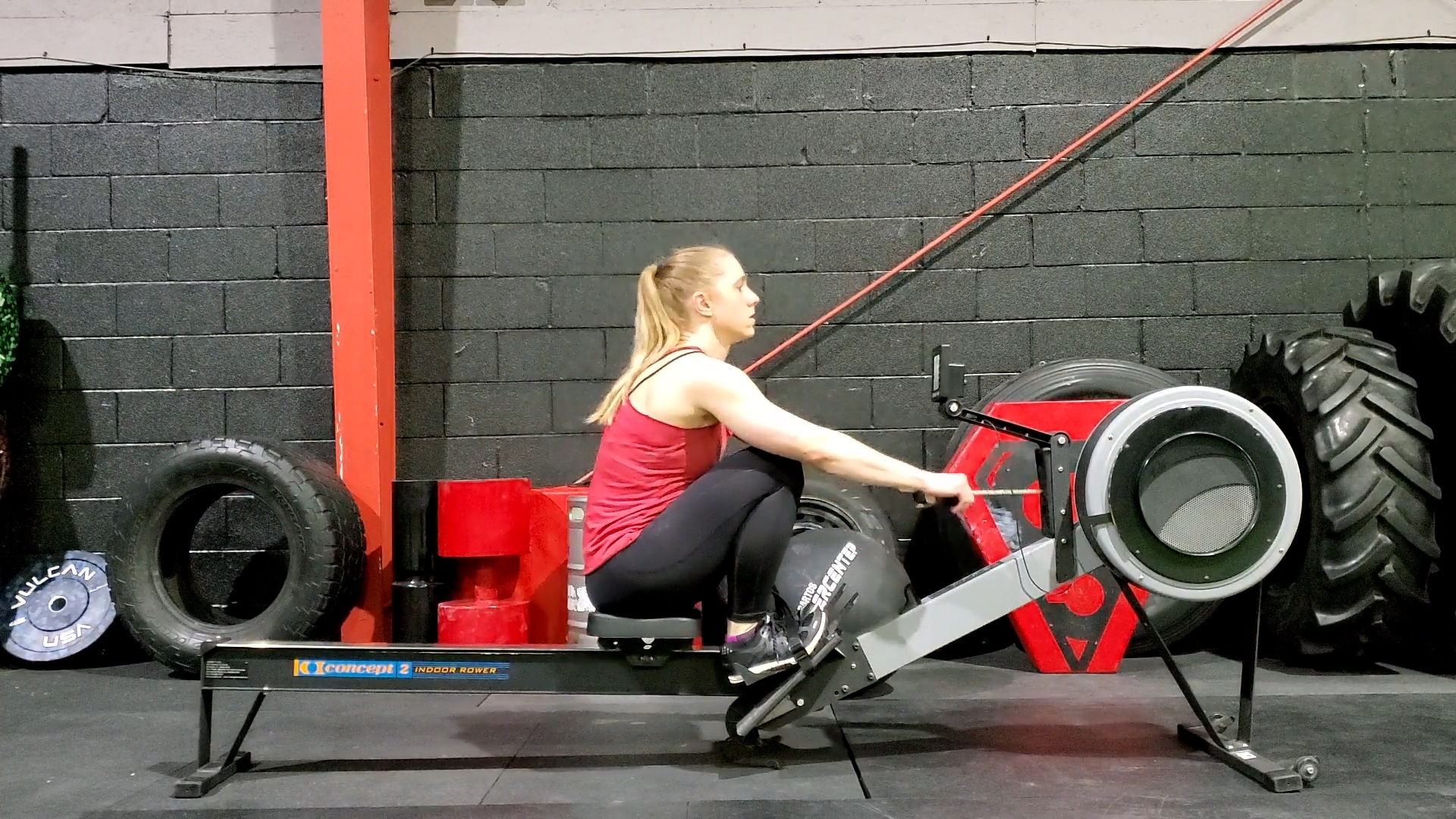
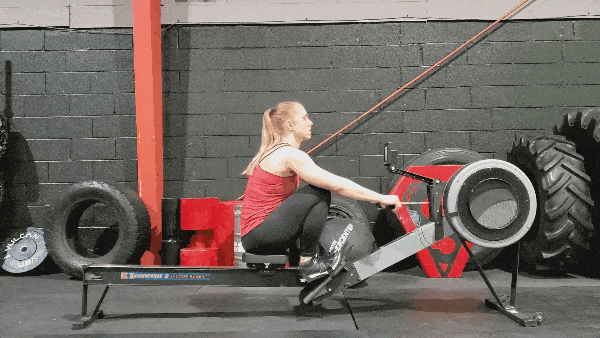
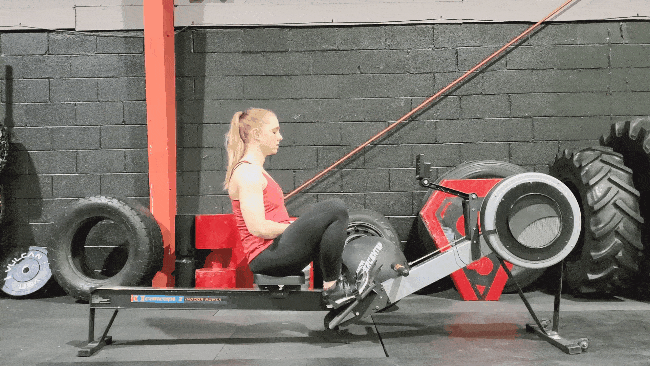
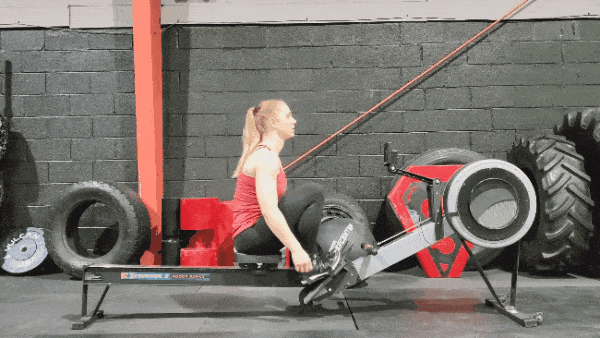
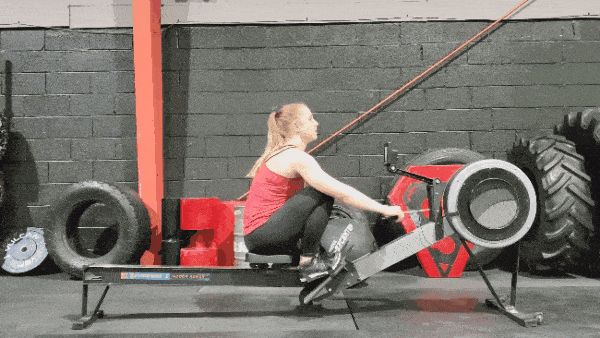
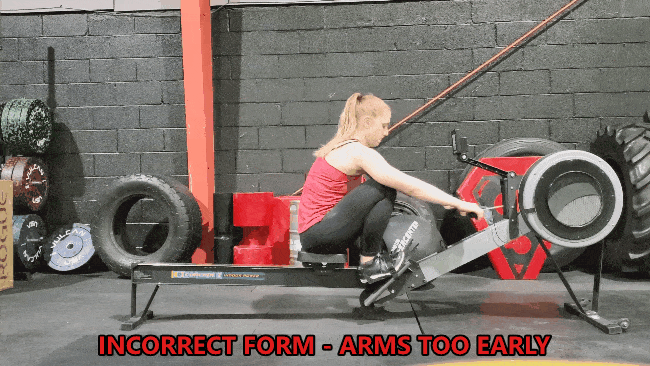


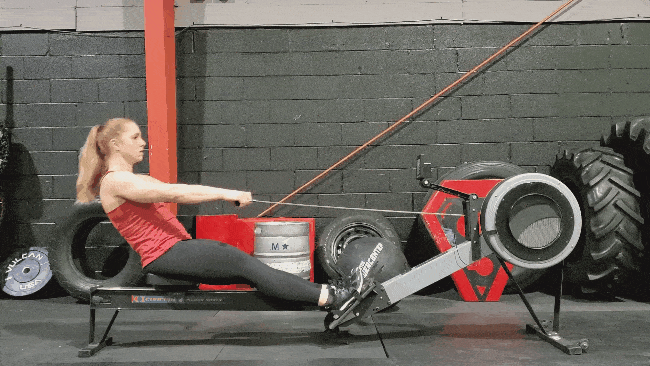
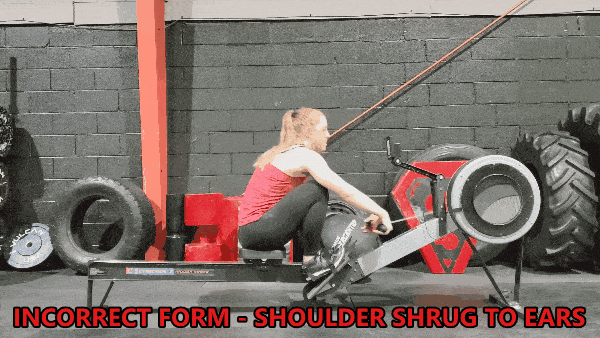
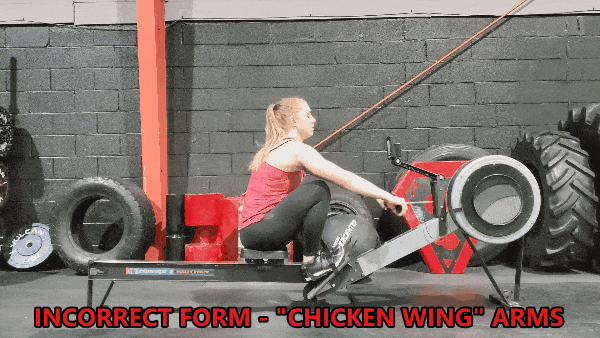

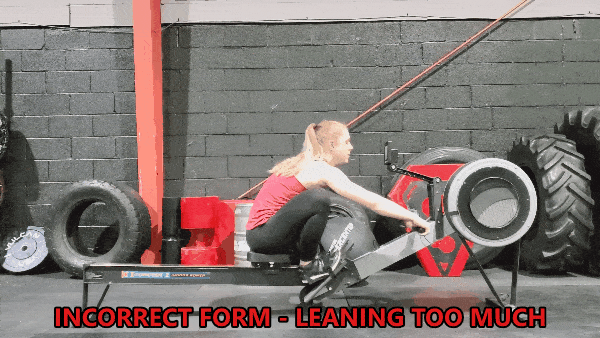
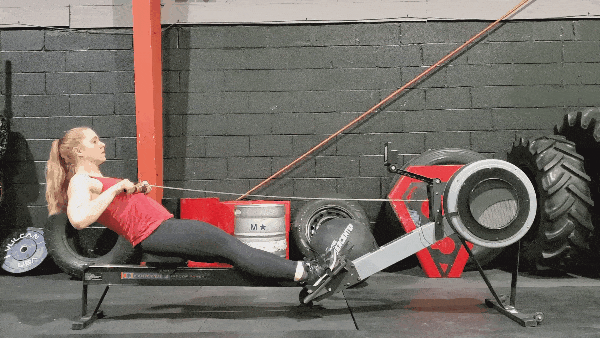
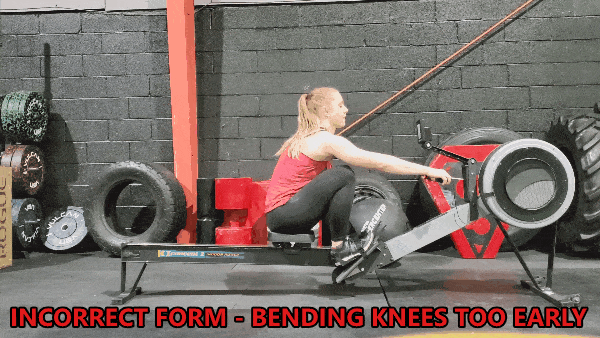







 CLA, or conjugated linoleic acid, is the “good” trans-fat that occurs naturally in meat and dairy, especially from grass-fed animals. In the stomach of ruminants like cows, sheep, or goats, millions upon millions of bacteria help the animal digest its food. They also help convert dietary grass-based linoleic fatty acids into saturated
CLA, or conjugated linoleic acid, is the “good” trans-fat that occurs naturally in meat and dairy, especially from grass-fed animals. In the stomach of ruminants like cows, sheep, or goats, millions upon millions of bacteria help the animal digest its food. They also help convert dietary grass-based linoleic fatty acids into saturated 
 For now classes are 6pm and 640pm at 2840 Wildwood st in the Boise Cloggers studio.
Book your class NOW!
click this ==>
For now classes are 6pm and 640pm at 2840 Wildwood st in the Boise Cloggers studio.
Book your class NOW!
click this ==>








